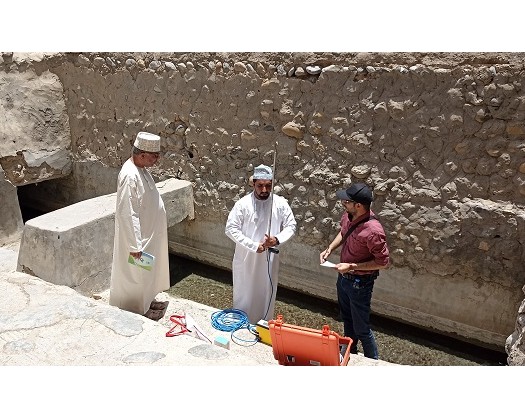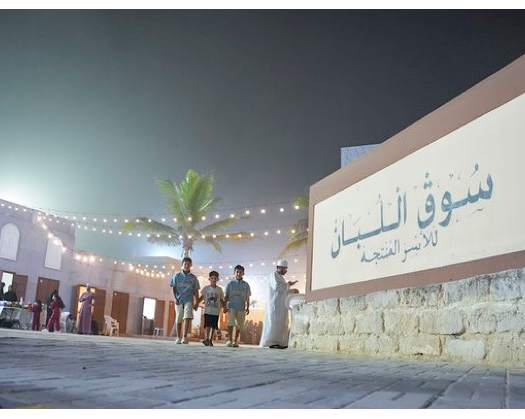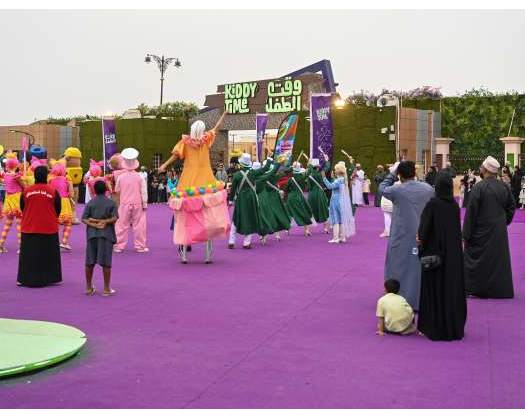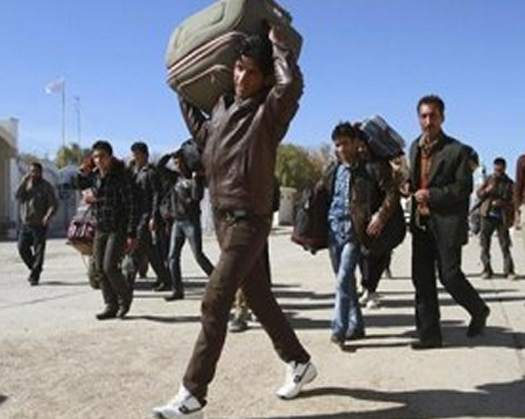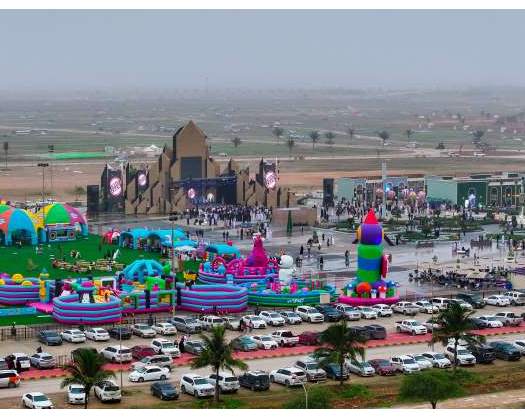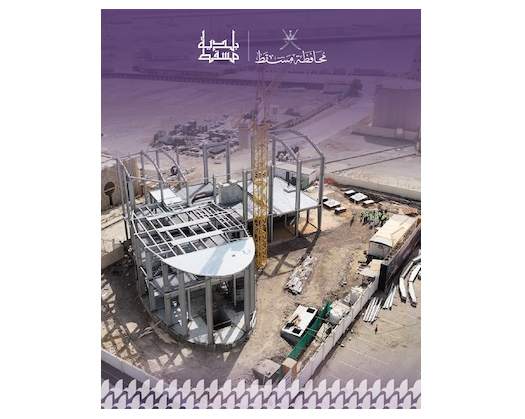MUSCAT: Oman’s traditional aflaj systems, which have been in place for centuries and shaped where and how communities lived, are now facing increasing threats that might jeopardize their status as key components of Omani society.
A recent research study cautions that rapid urbanization, environmental deterioration, and shifting social dynamics are jeopardizing more than simply water supply: they jeopardize a long-standing model of cooperation, resilience, and balance.
"This isn't just about infrastructure or heritage," says Dr. Majid Labbaf Khaneiki, lead investigator of the study and UNESCO Chair on Aflaj Studies and ArchaeoHydrology at the University of Nizwa.
"The aflaj are a living system that has supported communities not just with water, but also through social cooperation and shared responsibility. "
The study "Aflaj Systems and Social Cohesion in Oman, Dakhiliyah Region," financed by the Ministry of Higher Education, Research, and Innovation as part of its Block Funding Programme, sees the aflaj as more than simply practical irrigation equipment.
It discovers that these systems have traditionally served as organizing frameworks for intertribal collaboration, economic interdependence, and conflict resolution, thus contributing to Oman’s distinctive socioeconomic-environmental balance.
Challenging previous anthropological depictions of tribal communities as territorially insular, the researchers propose the term "hydrotribalism" — a model that explains how shared water management, rather than fixed land limits, has influenced tribal contact in Oman.
They contend that the falaj serves as a unifying force, necessitating collaboration due to the technical and geographic conditions governing water flow.
"Falaj systems cross tribal lines by necessity," explains Dr. Labbaf Khaneiki.
“To maintain and benefit from a shared water source, tribes had to establish negotiation, joint investment, and trust mechanisms. This is where the aflaj's true power lies — it made cooperation mandatory. ”
The study methodology included ethnographic fieldwork in northern Oman, in-depth interviews with local falaj stakeholders, and a thorough literature review of archival and internet materials.
It demonstrates how falaj-based collaboration not only fostered social cohesiveness but also supported a larger hydroeconomic network, with communities collectively investing in farming systems, coordinating planting timelines, and maintaining commerce through waqf-funded infrastructure.
According to the research, these networks have played an important role in preserving social balance and economic sustainability in sometimes difficult living circumstances. However, that equilibrium is becoming more precarious.
"With urban development encroaching on falaj zones and climate variability reducing water flow, the entire system is at risk of breakdown," Dr. Labbaf Khaneiki warns.
"We're not just losing an irrigation technique; we're also talking about the erosion of centuries of social architecture. "
The report recommends immediate action, such as legal protection for falaj routes, educational initiatives to pass down traditional knowledge to younger generations, and integrated planning policies that treat aflaj as environmental and cultural assets. The researchers emphasize that the system's worth is derived not just from its technical inventiveness, but also from the social intelligence it reflects.
"Falaj governance is based on fairness and consensus. "It's a model of sustainability that deserves more than admiration — it demands protection," says Dr. Labbaf Khaneiki.
The research, published in the Journal of Arabian Studies and GeoJournal, was conducted by a multidisciplinary team that included Dr. Abdullah Al Ghafri, Amjad Al Rawahi, Dr. Khalifa Al Kindi, Dr. Nasser Al Saadi, Zahra Al Abri, and Ishaq Al Shabibi, each of whom provided essential knowledge in hydrology, history, and cultural studies.

